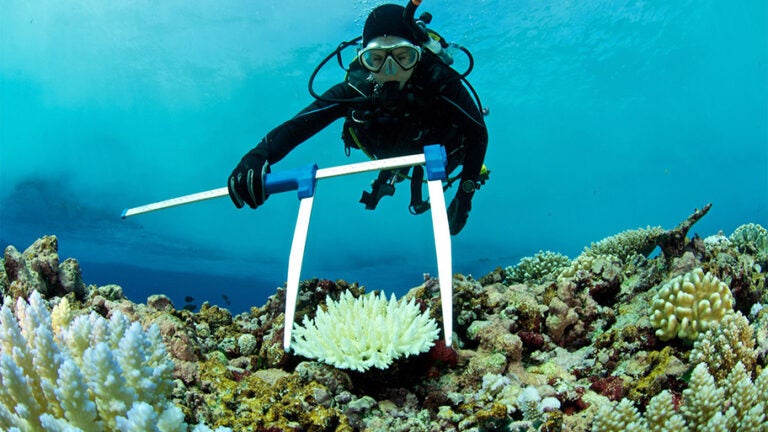
Scientists can predict transfer of carbon — including pollution from cars — in the ocean
An international team of scientists led by researchers at the USC Dornsife College of Letters, Arts and Sciences, has found that the speed of carbon transfer in the ocean is influenced by the size and type of bacteria that latch onto the particles.
The discovery has enabled researchers to develop a computer model for estimating carbon transfer, a part of Earth’s natural carbon cycle to stabilize its climate, in oceans across the globe.
That discovery, published March 29 in the journal Nature Communications, sheds greater light on how carbon — including pollution from cars — moves from the atmosphere into the ocean and ultimately makes its way into the deep ocean, said Naomi Levine, assistant professor of biological sciences, quantitative and computational biology and Earth sciences at USC Dornsife.
Knowing the carbon transfer rate could help scientists better understand just how well the Earth is retaining carbon in the deepest parts of its oceans — or whether much of the carbon that normally would sink is returning to the atmosphere, Levine said.
“This is the first time that we’ve been able to build a model to predict ocean-scale carbon-cycle dynamics that accounts for these micro-scale processes that have been observed in the lab,” Levine said. “We show that the processes matter a lot.”
Because of microbes’ outsized role in carbon transfer, scientists are interested in also understanding their survivability.
Healthy colonies of bacteria raise the potential that the carbon — released as these hungry hitchhikers munch on particles — stays in the surface ocean and returns to the atmosphere.
Knowing which bacteria live in which locations of the oceans could also help scientists adjust the model to better predict a local rate of carbon transfer — or release, depending on whether the bacteria are thriving or not.